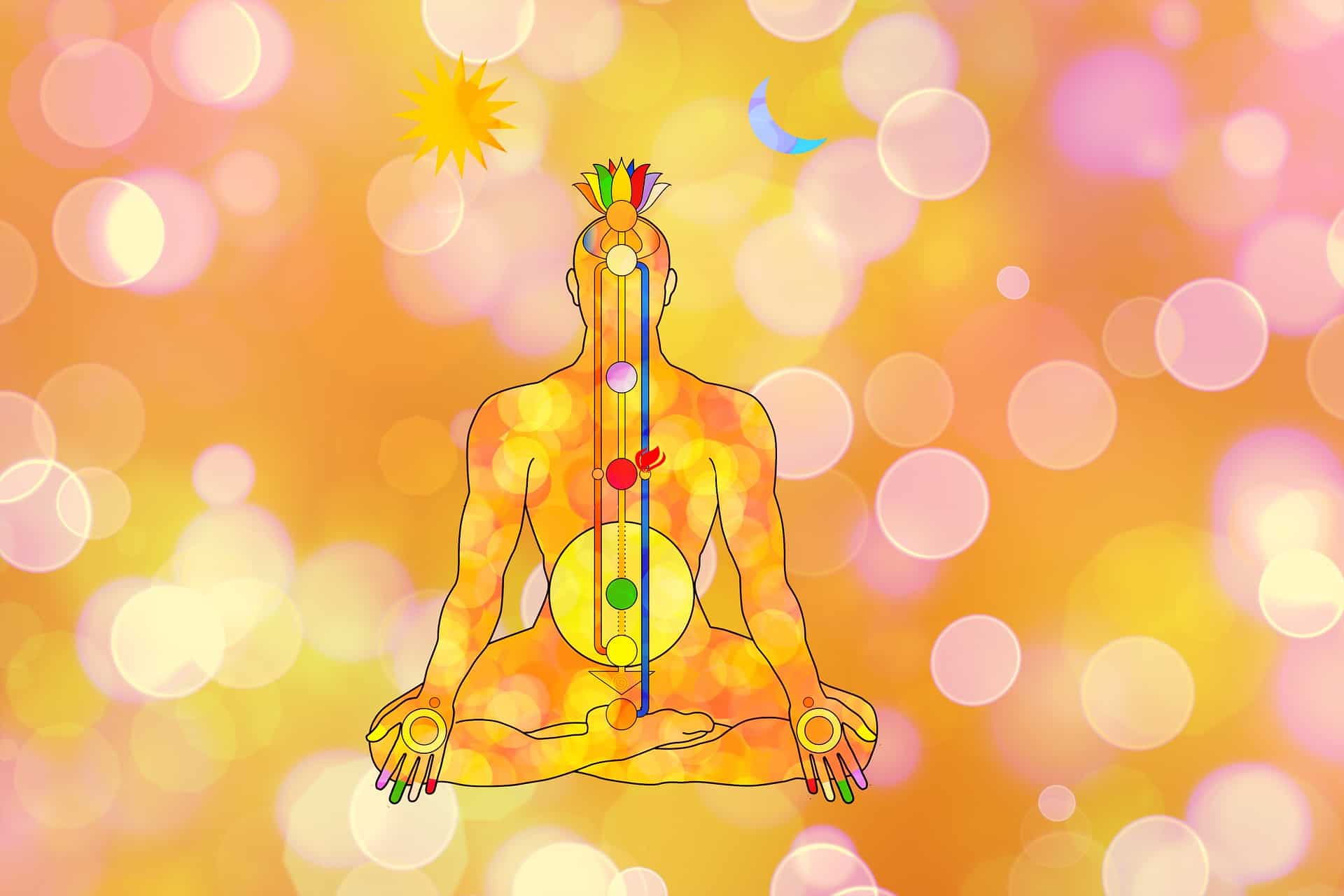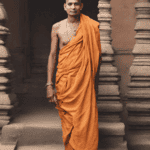To gain spiritual knowledge and experience in discovering the sources of your energy feels enlightening and awakening. There are secrets of the universe and the 7 chakra are one of them. They have control over your unconscious mind till one is unknown to them, so to study and learn about them might help one to achieve their desired life
The religion of Hinduism believes that there are 7 chakras associated with our body which also control our mind. Then which are the gods, goddesses and colors linked to them? The Hindu gods and goddesses are also connected to these chakras and play an important role in them. Lord Ganesh, Lord Shiva and Lord Vishnu are some gods linked to the chakras. Each of the colors re-presented in the VIBGYOR and shades of them are interlinked to these 7 chakras. And, also there is an addition to this color set that is gold which is said to be alternatively linked with another color in one of these Chakras.
| # | Chakra | Color | God/Goddess | Symbol |
|---|---|---|---|---|
| 1 | Muladara | Red | Ganesha Brahmin | 4 petal lotus Square Inverted-Triangle |
| 2 | Swadhisthana | Orange | Vishnu Kakinyamba | 6 petal Lotus |
| 3 | Manipura | Yellow | Maharudra-Shiva Lakinayamba | 10 petal Solar Plexus |
| 4 | Anahata | Green | Ishvara Rakinyamba | 12 petals |
| 5 | Vishuddha | Blue | Sadashiva Dakinyanamba | 16 petals |
| 6 | Ajna | Indigo | Ardanarishvara Hakinyamba | 2 petal Lotus |
| 7 | Sahasrara | Gold/Purple | Lord-Shiva Yakiniyamba | 1000 petal lotus |
The meaning of the Sanskrit word chakra is a wheel or the circle of life. The main energy centers of the body are said to be connected to them and furthermore they are also linked to Hindu gods, colors and signs. The flow of the energy in the chakra is called as “Shakti” as per the religion of Hinduism. The ancient texts of Hinduism Vedas are the first to mention the functioning of these chakras and now even Tibetan Buddhism has a take on it. The chakras have an influence on the nervous system, organs and glands of the body with their energy and are located around the spinal cord.
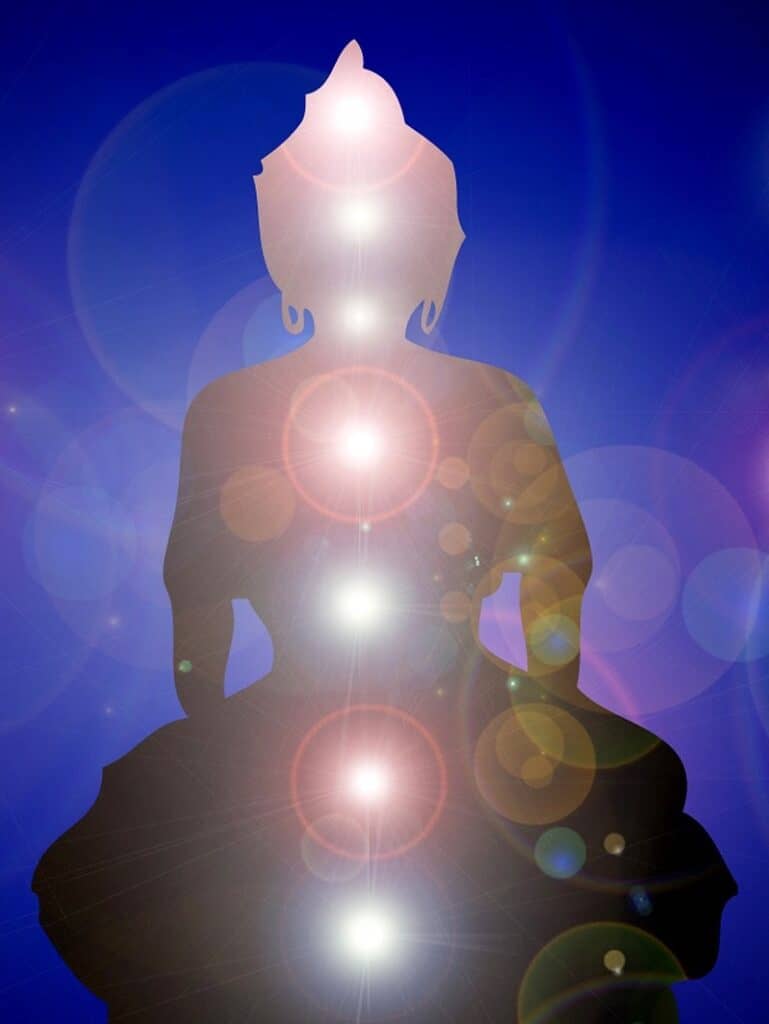
The Brahman is the origin of these energies and responsible for the releasing and functioning of it according to Hinduism. The flow of energy from one chakra to the other drains the body is assumed by many. The coiled energy in the root of the spine is called the Kundali. The mystic aim is to release this unconscious energy from the Kundali and unite it with that of the Brahmans unconsciousness energy. Meditation and yoga can help to push this energy back up to the mind which further provides a divine experience. The process of the energy gathering in the mind is called as crown energy or chakra.
The power over the chakras lies in your own deeds and actions. Further are the in-depth details that will help you unlock all those hurdles and enter into your desired space.
The 7 Chakras and their associations
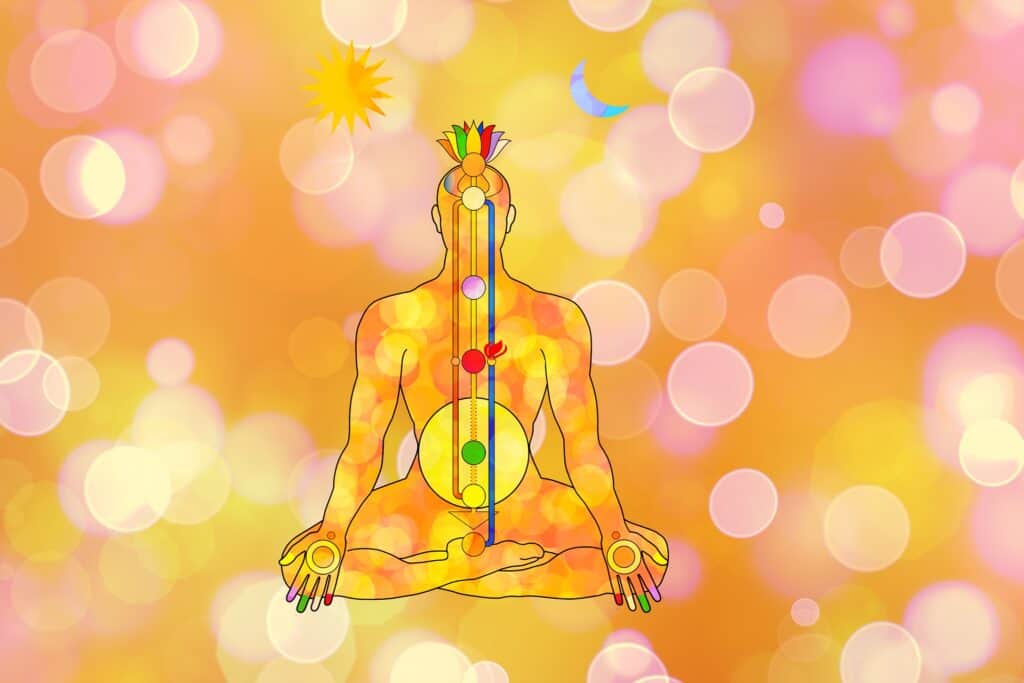
1. Muladhara
It is also called as the root chakra and is located at the base of the spine. This chakra is the birth of human mindfulness. When the energy gathers at that point it is also called as Kundali. Muladhara is has direct links to safety, existence and the normal human potency. It is said to be in correlation with the adrenal medulla which is responsible for all the reflex responses a body makes when survival is at risk.
Color
The color this chakra is linked to is Red. This color is said to represent power and strength or Shakti. It helps for awakening. Evolution and to make a move. Here the red color makes a person alert and awakens him to make him automatically ready for danger. This plays a major role in affecting your confidence level in life and your self-esteem. It is from this chakra that you get the instructs into function and also the reflex actions that prompt you to act according to the situation unconsciously.
Deities
The Hindu god associated is Lord Ganesha and the Brahman. Whereas, the goddess is Sakiniyamba. She has is said total of five faces and her complexion is not known. She exists in the bones. Her attractiveness is that she ejects all kind of aid.
Symbol(s)
i. Four-petal lotus
Represents the basic four vital parts of the human body that is the mind or Manas, intellect or Buddhi, consciousness or Chitta and ego or Ahamkara. This is the first symbol of this chakra.
ii. Square
The second symbol is a Square it signifies the four bodily essentials, the four basic orders, the four periods and other elements that rule the carnal measurement.
iii. Inverted Triangle
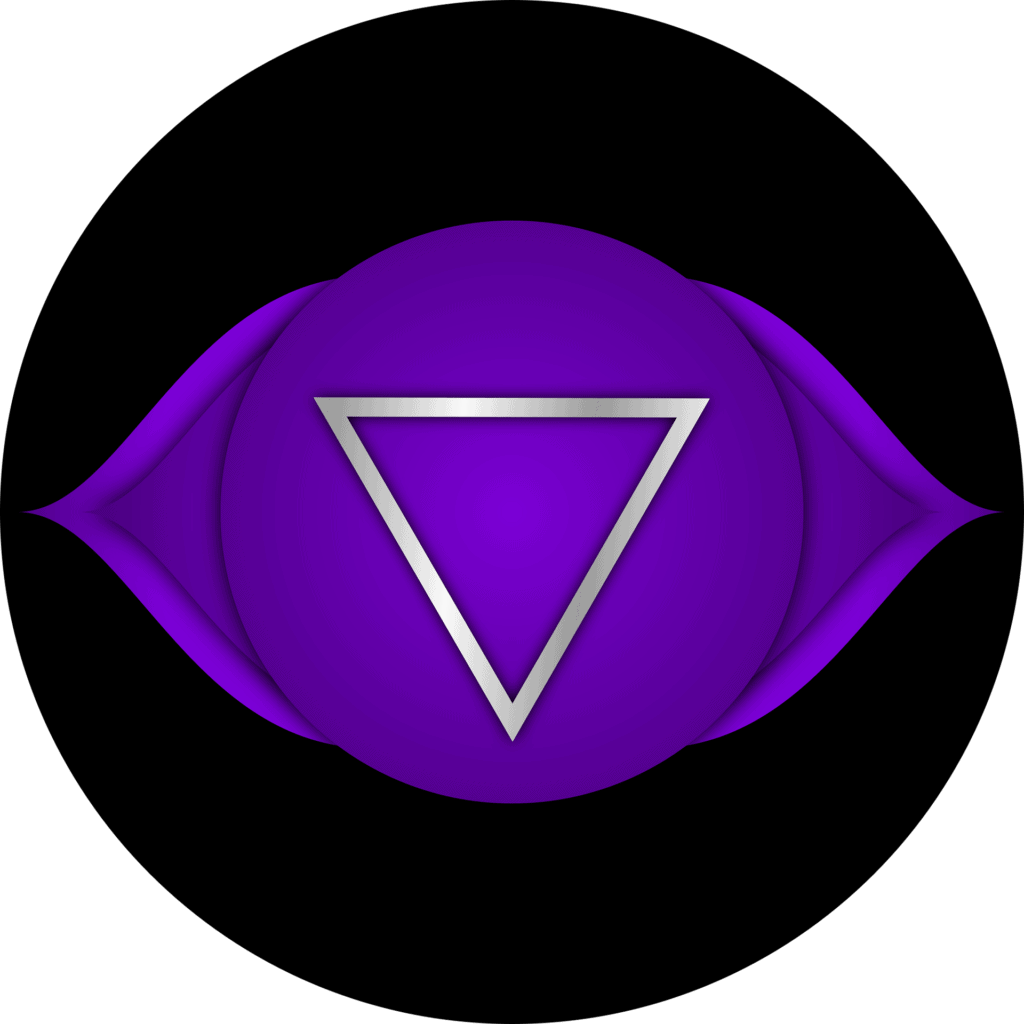
The third is the inverted triangle it is generally considered to be pointing downwards. It represents the filling of mindfulness into the root chakra present at the base.
2. Swadhisthana
It is known as the Sacral Chakra and is positioned under the navel.
This sacral chakra is located in the loins, and is related to sentiments, sexual pleasures and creativity. The chakra is supposed to link to the male and female reproductive organs that generate the sex hormones which are associated in the reproduction and the menstrual cycle which causes changes in the mood. It is represented by a white six-petal lotus and a semi-circular moon in it.
Color
The color related to this chakra is Orange. This color portrays movement and activeness. Orange is also the color of purity and is worn by monks. It controls the sexual activities of a person. It is linked to the desires, attractiveness and the want to reproduce. Also, emotions like anger, hatred and fear are the root cause of this chakra.
Deities
The Hindu God for to this chakra is Lord Vishnu. And, the goddess of this chakra is kakinyamba. She has a total of 4 faces and is pictures holding a Trishul. Her complexion is yellow, and she likes to reside in the fat. Her favorite offering is curd and rice, and she has a character of pride. This goddess gets her sustenance of Kundalini (which is present below the navel) in form of honey and devours it until the follower asks for the profits of Kundalini.
Symbol(s)
The six-petals religiously indicate six have to be overthrown in order to purify this chakra. The six qualities are anger, hate, suspicion, malice, want and arrogance.
The number 6 is also said to be related to the women’s cycles. The circles and the moon: these are another popular symbol of the cycles and is related to a woman’s monthly cycle. They represent unending change and continuity.
3. Manipura
Manipura is also known as Solar Plexus Chakra and is placed at the base of the chest bone. This chakra is linked to metabolism, liveliness, change and digestion. It is said to resemble the roles that are played by the pancreas and the adrenal cortex. They aid in digestion and the conversion of food into vigor or energy. It affects digestion, the lower back, gall bladder and the liver. Willpower, self-approval and determination are the feelings controlled by this chakra. This point is responsible for many the instincts to something complicated emotions. Its symbol is a ten-petalled lotus and a triangle pointing downwards.
Color
It is linked with bright yellow color. This shade is certainly related to the fire and the energy radiated by its rays. This chakra is represented to be responsible for the letting out of energies from a human body to the outside world. Hinduism believes yellow is a portrayal of meditation, capability, and mental growth.
Deities
The Hindu God in control of this chakra is Maharudra Shiva. And the goddess is lakinayamba. She has a total of three faces, is red in her complexion and holds a thunderbolt. She is said to be encircled by dakinis ans her residence in found in the fleash or meat. Her favourite food is jaggery and rice mixed together and her character is to give advantages to her followers.So just like eating food gives you goodness so does this deity to the ones who follow her.
Symbol(s)
i. The 10 petals of the solar plexus
10 petals of the solar plexus indicate a dual meaning. It either refers to the ten energies that a human body uses according to the Ayurvedic science or the 10 Pranas and Vayus. These forms have their own place, direction and function in a human body. It is the vital energy house of the body and is the main place for the exchange of Vayu. It takes care of our immunity and energy. When this chakra is used in its complete form it attracts cosmos energy for the body to use in digestion.
ii. Triangle pointing downwards
Second symbol is a triangle pointing downwards. It means that energy is attracted from the cosmos and radiated into to world in the form of will and power.
4. Anahata
It is also known as the Heart Chakra and is positioned at the center of the chest.
The heart or emotions chakra is linked to feelings of love, well-being and balance. The thymus in the chest is the part it is related with. It is vital organ responsible for immune and endocrine system and generate T cells which help in fighting against diseases. Its symbolism showing the unity of a man and a woman. It is the base of emotions and desire.
Color
This chakra is represented with green. This color portrays life and nature. It is linked with peace and joy of a human heart. This chakra is suitable to be termed as the heart chakra because it shows unity and connection in relations with oneness. The feelings related to it are emotions, love, security, peace and happiness.
Deities
The Hindu God related to this deity is Ishvara. And the goddess is Rakinyamba rules here. She is two faced and is black. She has a fierce tongue and jaw and like snighodhan. She presents bravery and courage to her followers. And so, this is the chakra of the heart because one needs to be courageous and have a brave heart.
Symbol
i. 12 petals lotus
The 12 petals in its symbolism also have a double meaning. Either they are the 12 good qualities of the heart that are love, kindness, compassion, understanding, forgiveness, trust, bliss, harmony, clarity, unity, purity and empathy or it is referred to the 12 obstructive qualities of the Chakra that are envy, deception, indecision, sorrow, hope, worry, yearning, fairness, egotism, ineffectiveness, judgement, and disobedience.
ii. Hexagram
Hexagram which is formed out of two meeting triangles one pointing downwards and the other upwards. The meeting point is the flow of human consciousness towards the divine and the other to the conscious flow toward the clear world. This chakra looks for balance between the divine and the earthly. The hexagram or in Hindi the shatkonais a symbol for the union of the male and female energy.
5. Vishuddha
It is known as the Throat Chakra and is positioned at the throat above the larynx.
It is the origin of sacred speech and linked to communication and evolution. This chakra is twinned to the thyroid gland that is also present in the throat and produces a hormone which is responsible for growth and maturity of a body.
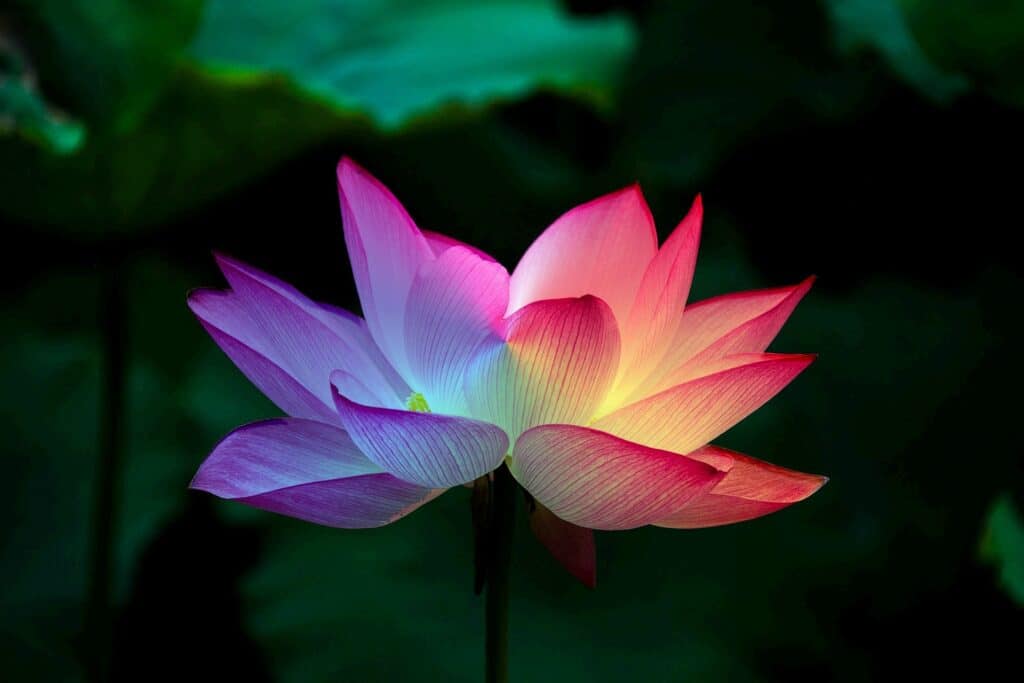
Color
The chakra is related with blue. It depends on a person’s ability of how they communicate and express themselves. The color space, purity, openness, wisdom, loyalty and trust.
Deities
The Hindu God related is Sadashiva. The goddess is Dakinyanamba. She has a face and three eyes with a red colored complexion. She likes rice cooked in milk and resides in the skin.
Symbol(s)
i. 16-petal lotus
The 16 petals of its symbol signify the 16 abilities, the 16 stages of growth or capacity which are time from the Kala Annamaya or born from seed to the Kala Swarupavasthitha or established in the God-Image. Also, they are said to represent the 16 Kalas of Lord Krishna which are linked to expressing because they include the popular art forms of Nrityajna (Dancers), Sangitajna (Singers), Neetibadi (Honesty), and Satyabadi (Truth).
ii. Triangle Pointing Downwards
Triangle pointing downwards is better defined as a triangle opening upwards in the case of this Chakra. This Chakra builds us to be a clean channel for the realization of our soul and the highest truth. In the center is a circle which represents full moon and a purified mind.
6. Ajna
It is also known as the Third Eye Chakra and is placed at front part of the forehead in between eyebrows.
This chakra is the source instincts and divine wisdom and is related to the pineal gland. It is the chakra of time, consciousness and light. The pineal gland is a delicate gland which generates hormones that regulate the instincts of sleeping and awakening. It is primarily related to the instinctive powers of the human mind.
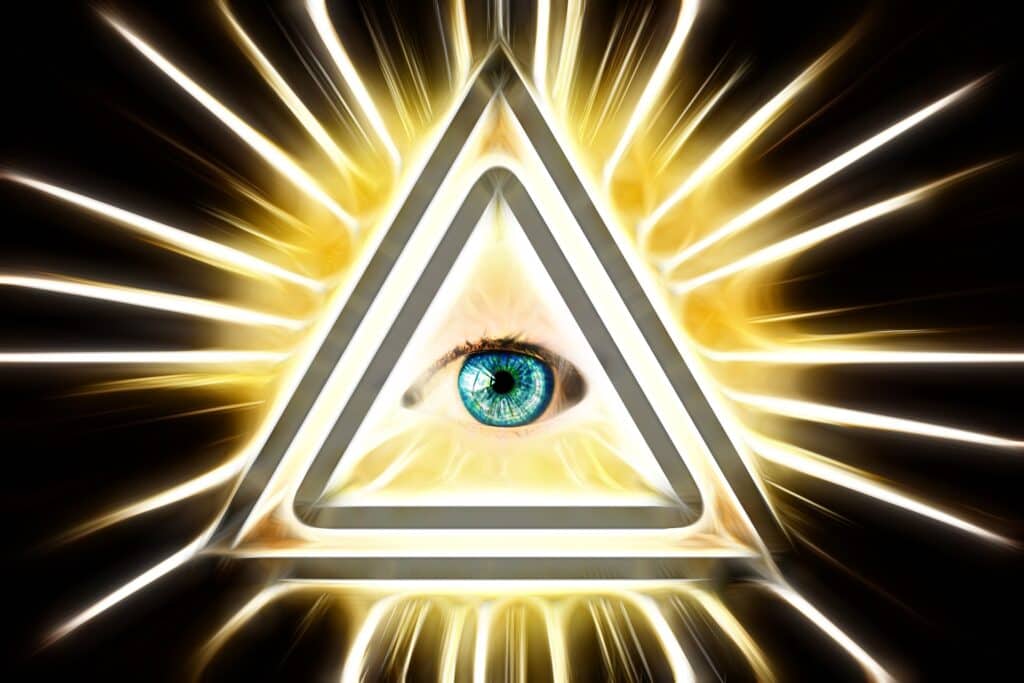
Color
The related color of this chakra is Indigo. The colors are mainly said to represent royalty, knowledge, secrets, magic, and belief. The mind is the sense and action organ linked to this chakra. The feeling linked are spirituality, sense of time and awakening.
Deities
The Hindu God related is Ardhanarishvara –a genderless form of Lord Shiva and Parvati, also popularly known to be Devi and Shakti. The goddess is Hakinyamba. She has 6 faces and is white in color. This goddess resides in the bone marrow and loves rice cooked with turmeric and is surrounded by supreme powers. She is considered to be in a yogic position of a swam which shows the worldly attachments or freedom, but she chose liberation.
Symbol
i. Two petaled lotus
A two petaled lotus. They are believed to represent self and God. In this chakra we do have a great understanding of our self but have not yet united with God. The two petals represent the two sides of the brain and the pituitary gland that the chakra is related to.
ii. OM
Second symbol is the OM and it is the most vital spiritual sign in Hinduism, portraying reality, mindfulness and the soul. It helps to take one beyond time, knowledge and duality of even God.
7. Sahasrara
It is also known as the Crown Chakra and is positioned at the top of the head.
It is the source of the uppermost intellect or prajnanam. It is placed at the tip of the head and is said to be the source of consciousness. It is the main chakra that has its controls over all the others that arise from the kundali where a person enters in the state of samadhi. Its role is similar to the Third eye chakra and has a vital importance to play in a human life.
Color
This chakra is related with purple or gold. The others, enate from this chakra. It is linked to pure consciousness. In Hinduism, it is called the supreme center of contact with god. Here the people who find freedom come in contact with their self.
Deities
The Hindu God related is Lord Shiva. And the goddess is Yakiniyamba. She is represented holding weapons in the faces of all the colors of the chakras and resides in Shukla. Till now, we have associated with the chakras positioned in our bodies and similarly even this chakra is inside us positioned at the tip of head of a person.
Symbol
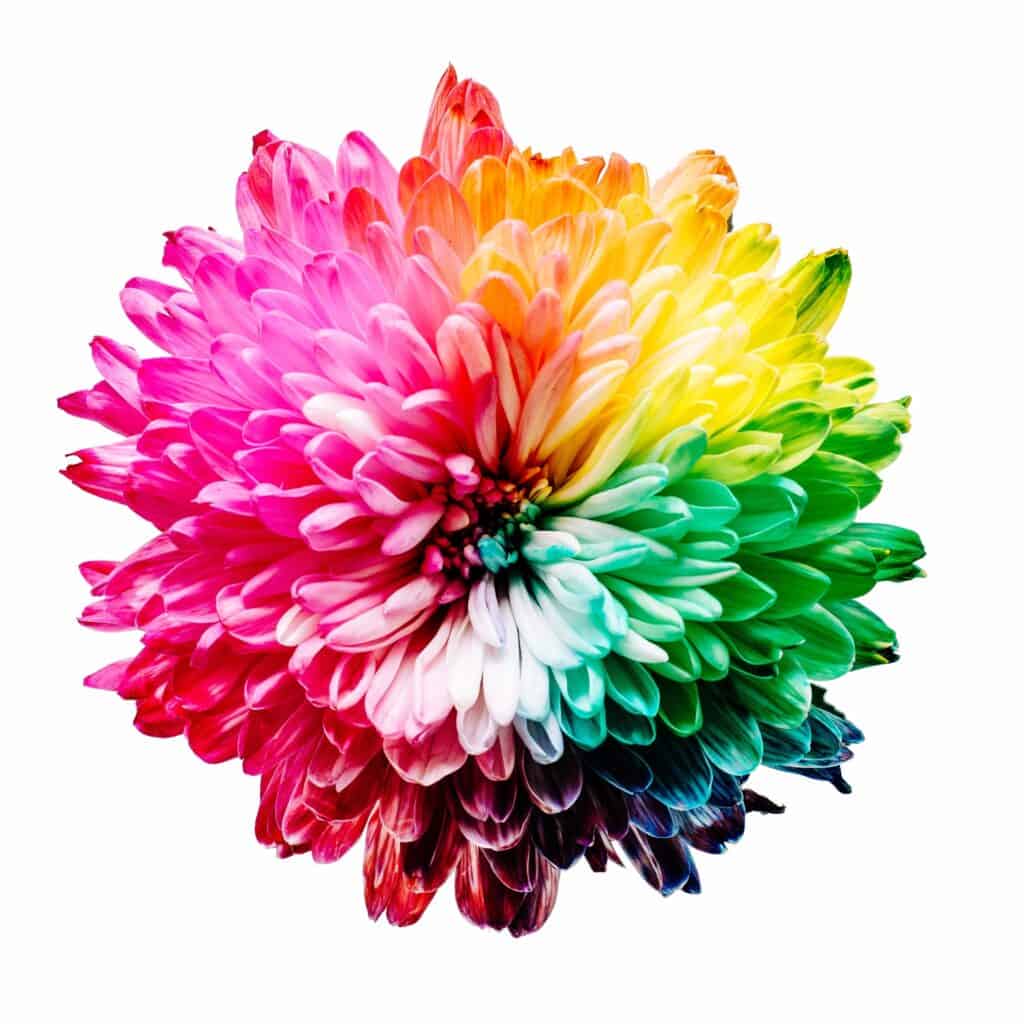
The thousand petals in the lotus signifies the complete prospering of mindfulness and awareness.
It is said that the chakras are responsible for the physical, emotional and mental movements and function of our body. They are considered as the life energies which control our mind, body and soul and flow throw paths called the Nadis. Their primary function is to attract in the Prana by rotating on their axis to preserve and stabilize the spiritual, emotional, mental and physical goodness of the mind and our body.
